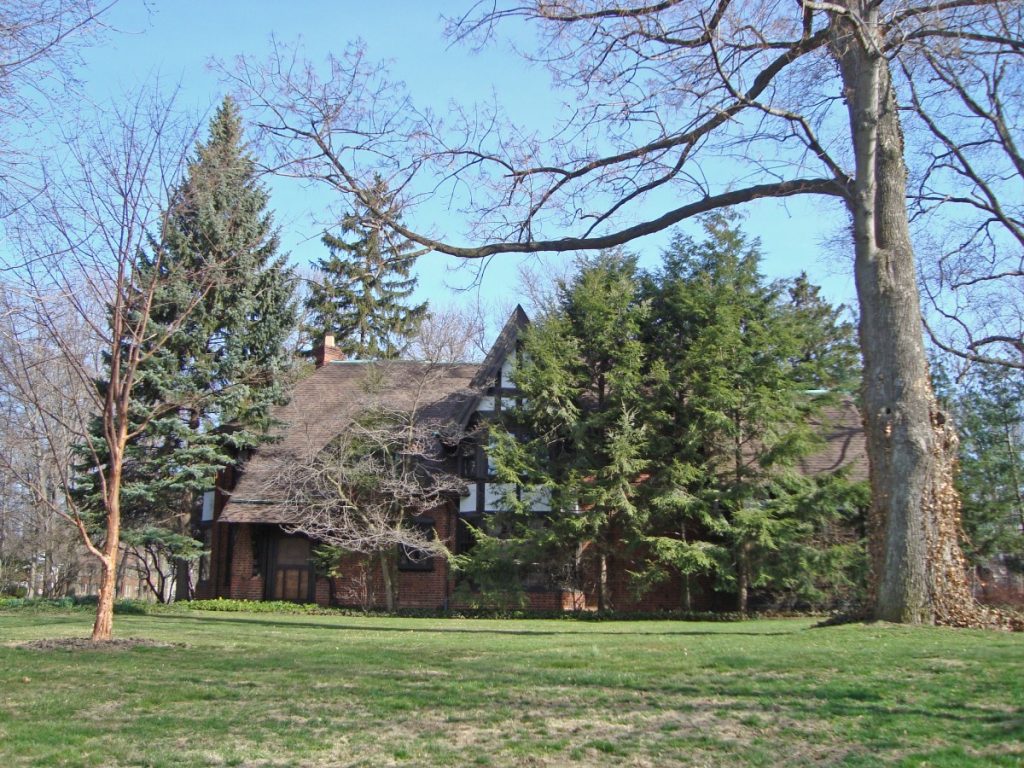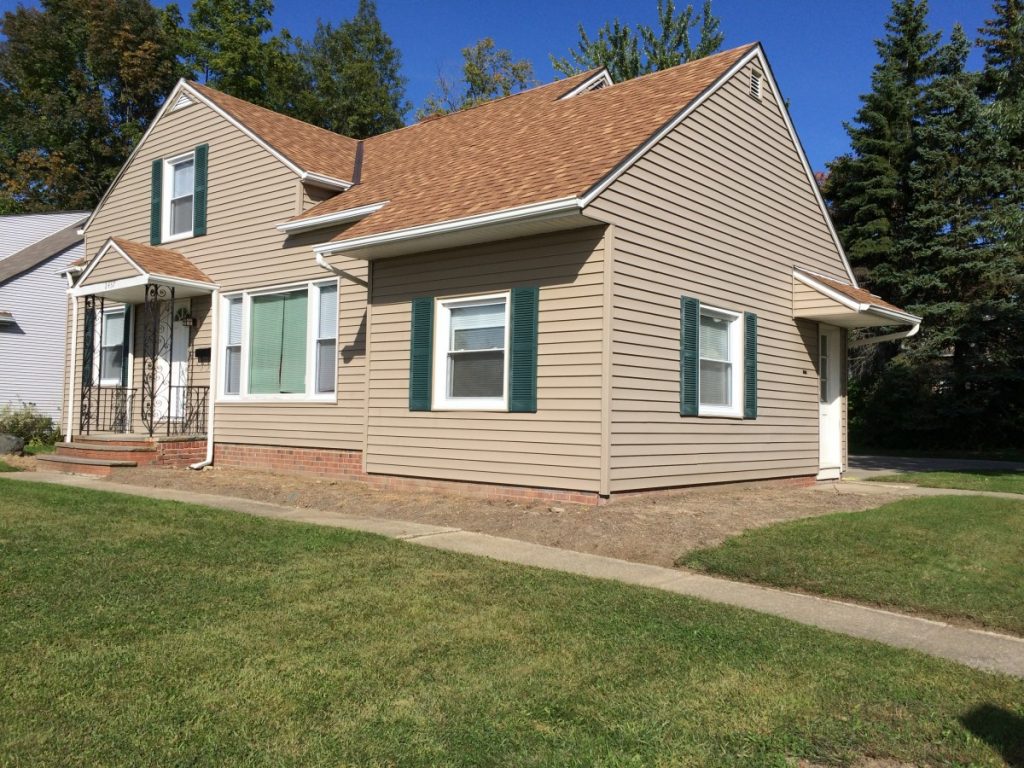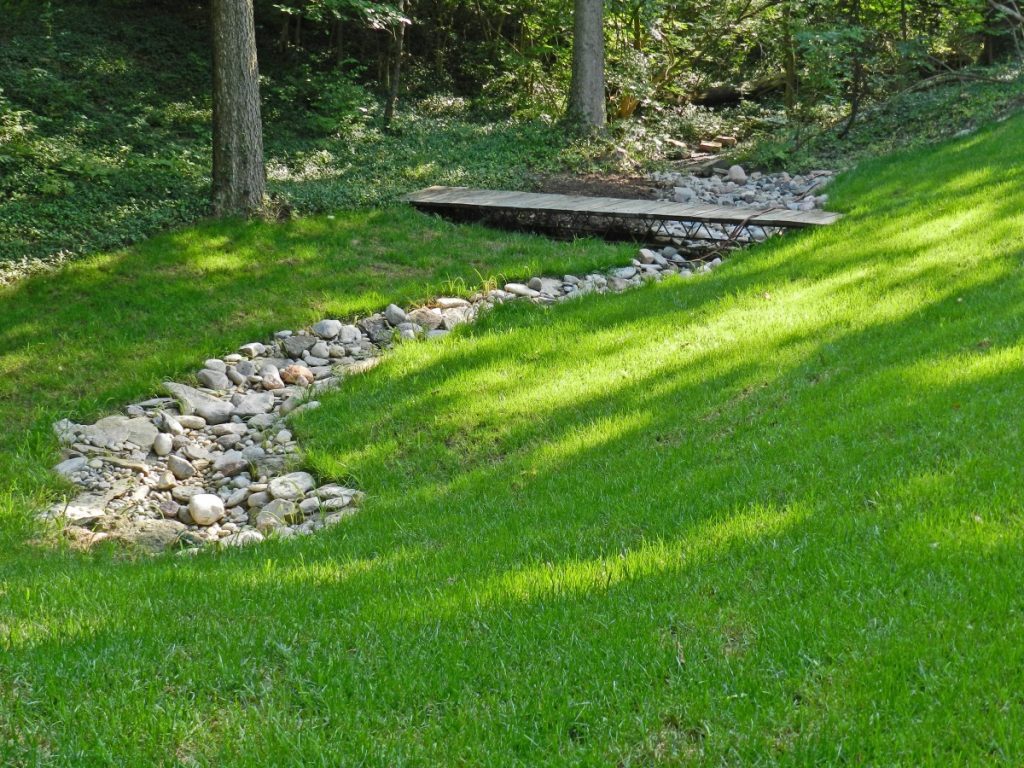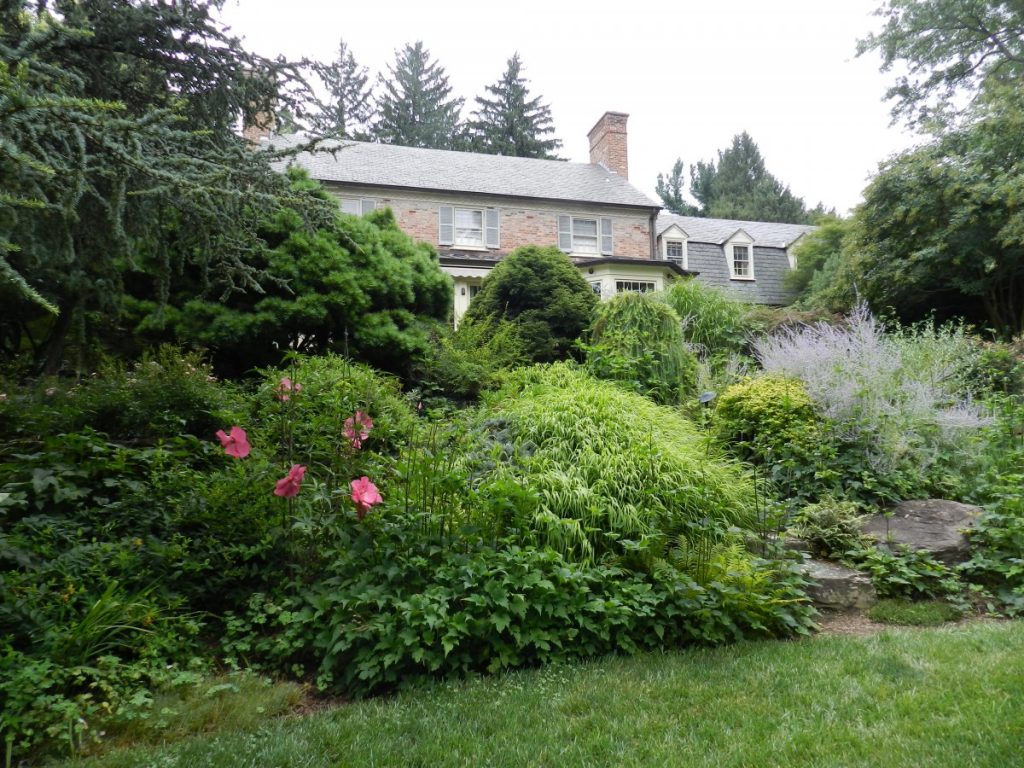
Whether starting from scratch with a new house or renovating a landscape, most homeowners forget to think about what the mature size of trees will be. As a result they are often placed too close to the house so that eventually the branches touch the roof and the roots may invade the foundation. This aspect of siting is crucial. However, we also need to be thinking about the energy aspect of trees. One of the simplest methods of insulating walls from summer heat is the use of deciduous trees on the south and or west side of a building. When the leaves fall, the winter sun will help to heat the building. Coniferous trees planted on the north and/or west sides of a building will shield it from cold winter winds. Both sitings will lower energy consumption and cost.

Although I frequently deplore foundation plantings for their lack of depth, layering, and imagination, they do insulate the walls of a building. Designers and contractors need to work together to make foundation beds bigger to balance the size of a building and to enable the designer to create more interesting and seasonal landscapes. This can easily be done by laying sidewalks further from the house.

For areas away from buildings, think rain gardens. Place them where water flows heavily during storms but will be relatively dry otherwise. Such a location means that the plants must be carefully chosen, able to withstand having their roots immersed in water for approximately twenty-four hours but also able to cope with dry conditions at other times. Quite a bit of literature is available to help with plant selection.


Rain gardens are not the same as bog gardens where water is a constant. There are a plethora of plants native to swampy areas that would thrive in a bog garden. The best location for such a garden is a low spot on a property. At the Japanese Garden in Portland, one of the most popular spots is the boggy area filled with Japanese Iris at the bottom of a steep hill. Slowly traversing the zig-zag boardwalk is the best way to experience it, particularly when the iris are in bloom. At the former Heronswood Gardens, large concrete piers were immersed in a bog to be used as stepping stones through it. Think what fun it would be to design a path through a bog.

Another solution for runoff is the dry stream. It is beautiful when well designed and constructed and serves as a channel for runoff and absorption, especially when set among areas of boulder work and trees.

We should be encouraging our clients not to plant grass on hillsides. They are subject to erosion after heavy rains and turf does not slow down the velocity of the water. Additionally, they are difficult to mow, especially when wet, and there is often such severe damage to the turf that it necessitates expensive repair. There are innumerable shrubs, perennials, and ornamental grasses with rhizomatous root systems that would stabilize hillsides, absorb water runoff, and add immeasurably to the beauty of a site.
Another aspect of sustainability is reducing the use of chemicals that kill the beneficial insects as well as the pests and expose our bodies to unmentionable diseases. When designing landscapes, we need to select plants that are disease and pest resistant and we need to place them in their optimal sites so that they do not become stressed. Stress is one of the crucial factors in making plants prone to biological assaults.
Sustainable landscapes are not pie in the sky. We can create them and we should so that we and future generations can enjoy a healthier, more beautiful world.


0 Comments